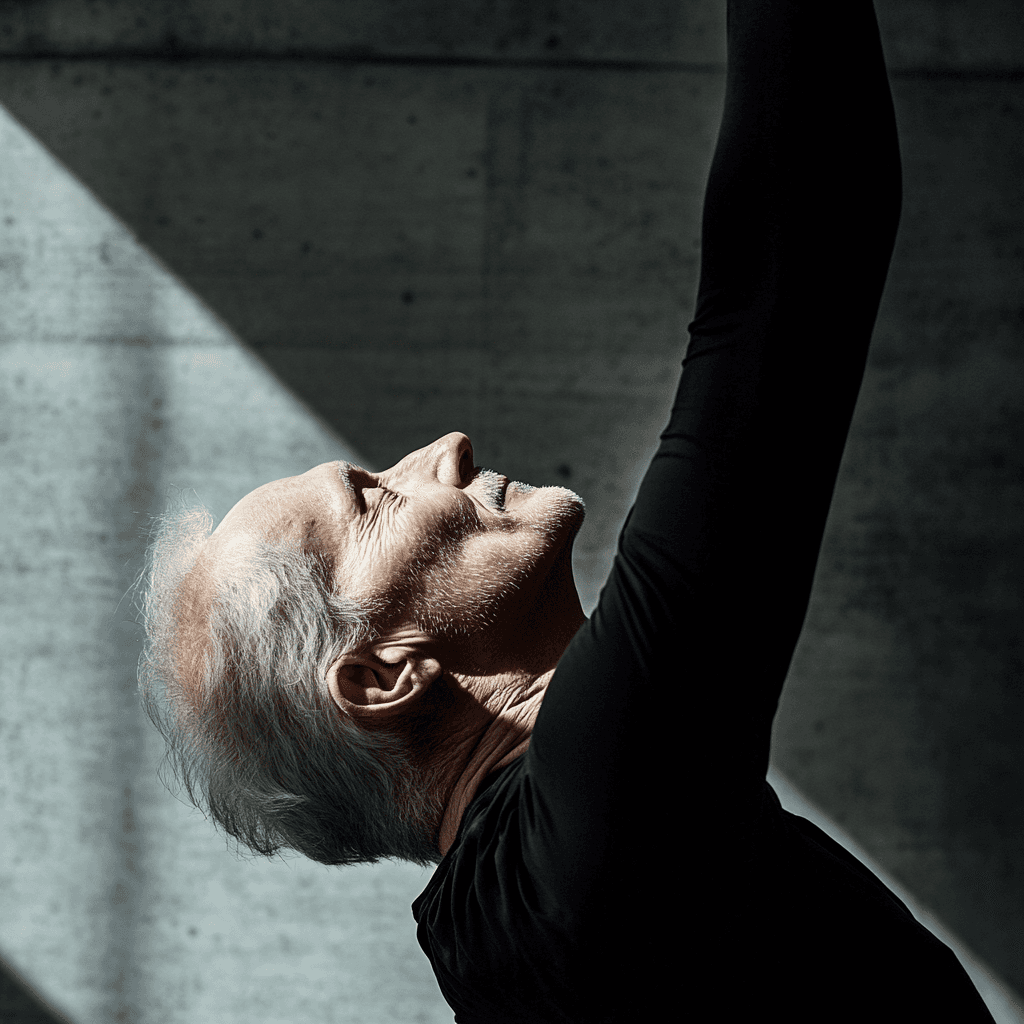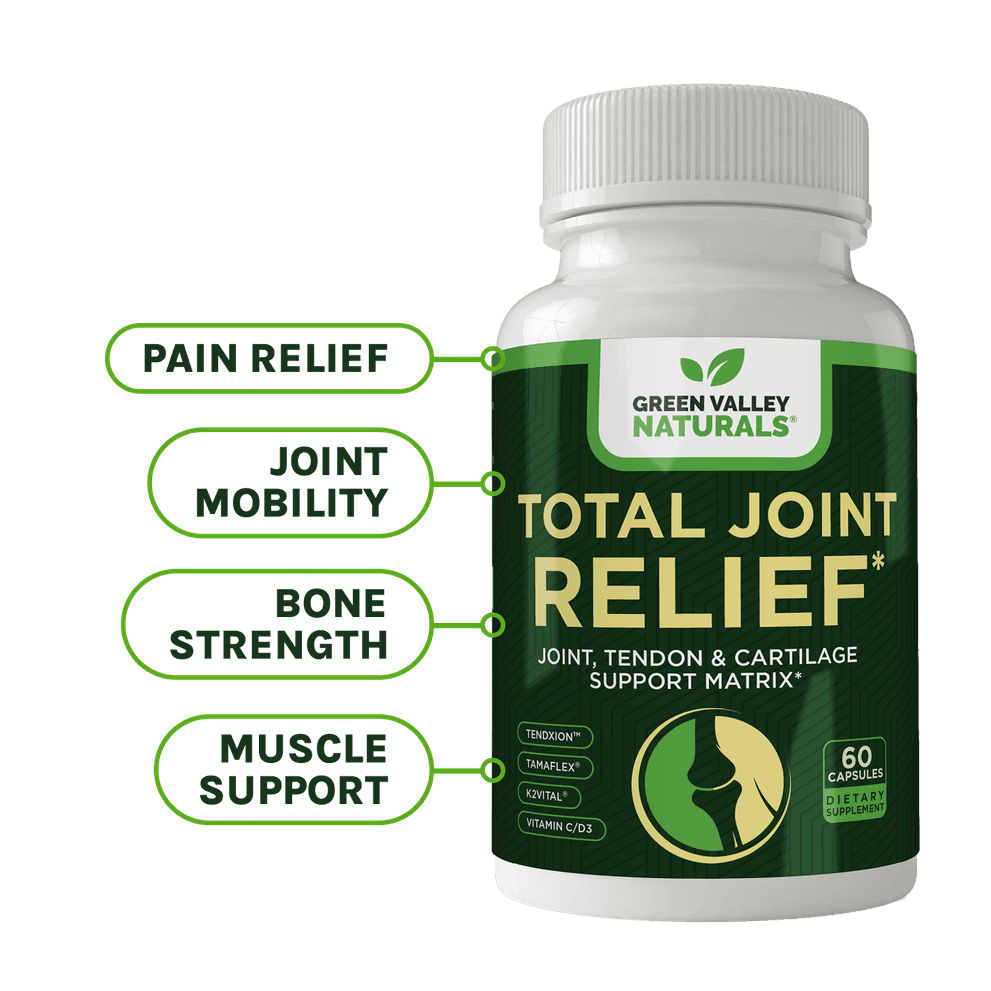
What if the key to a longer life wasn’t hidden in intense workouts or complicated diets but in something as simple as stretching? Before you even opened your eyes this morning, you might have unknowingly performed an exercise that could add years to your life. Recent research suggests that flexibility—often overlooked in fitness routines—is crucial to longevity. Let’s dive into the science behind flexibility and its surprising link to life expectancy.
Key Takeaways
- Flexibility Predicts Longevity: People with higher flexibility scores on the Flexindex have a significantly lower risk of early death, highlighting flexibility’s overlooked role in overall health.
- Women Benefit Even More: Although women are generally more flexible, the risk of mortality due to low flexibility is even higher in women than in men.
- Simple Stretching Makes a Big Difference: Daily flexibility exercises can improve circulation, stimulate the immune system, and contribute to a longer, healthier life.
Want to Live Longer? Start with This Simple Habit
I’d wager you performed your first exercise before you got out of bed this morning and possibly before you opened your eyes. You may not have any awareness of what you did, but if you had a good stretch then you started the day well. Stretching can rank up there with other forms of exercise for extending your life.
For instance, aerobic exercise has multiple health benefits and can even lengthen your life. We’ve also reported that weak muscles speed up the aging process. Regarding flexibility, exercises are often recommended but rarely evaluated, probably because well-known assessment methods have significant limitations. You may have a very flexible ankle but poor shoulder mobility, for example.
Now, researchers say they’ve developed a test to help you assess your joint and muscle flexibility.
The Flexitest: Stretching The Overlooked Key to a Longer Life
With over 250 joints in the body, it would be painstaking to perform a comprehensive evaluation. Fortunately, that’s not necessary because Claudio Gil Soares de Araujo M.D. PhD, an exercise and sports medicine specialist and creator of the sit-rise test, which evaluates the ability to sit and rise from the floor, spent a decade developing a similar way of evaluating joints called the Flexitest.
It measures the range of motion of 20 body joint movements: eight in the lower limbs, three in the trunk, and the remaining nine in the upper limbs. The flexibility of each movement is rated from zero to 4, providing a score that ranges from 0 (no flexibility) to 80 (maximum flexibility). This score is called the Flexindex.
Since the sit-rise test was strongly linked to lifespan and later found to be significantly linked to flexibility, Dr. Araújo and his team in Brazil wanted to carry out the first-ever study to see if flexibility is directly related to life expectancy.
Flexibility Down Mortality Up Especially In Women
For the study, 3,139 men and women aged between 46 and 65 had full body and health assessments, and then researchers rated them on the Flexindex. The team followed participants for almost 13 years, during which 9.6 percent of them died.
The first finding revealed that the Flexindex was 35 percent higher in women than men. This wasn’t a surprise because factors such as muscle and connective tissue properties and hormonal differences mean women are more flexible than men.
However, the key finding was that mortality fell as flexibility rose on the scale. The index was nearly ten percent higher for survivors than non-survivors in both men and women.
After taking age, body mass index, and health status into account, men with a low Flexindex had a 1.87 higher risk of death, and women had 4.78-times the risk of death than those with a high Flexindex.
Flexibility Is Undervalued
“Being aerobically fit and strong and having good balance,” said Dr. Araújo, “have been previously associated with low mortality. We were able to show that reduced body flexibility is also related to poor survival in middle-aged men and women. We have very much undervalued flexibility.”
What can you do?
Dr. Araújo suggests regularly stretching to improve blood flow and the immune system and work the joints and muscles, which can be done while watching TV or working at your desk.
If you don’t know where to start, take some time to turn your head to the left and right. Next, tilt your head to the left while holding the right shoulder down, and then repeat on the opposite side. You can also move your wrists and feet up and down in a circular motion. There’s a lot you can do to stretch your body periodically throughout the day without too much effort.
Other beneficial stretching programs include yoga, calisthenics, and guided mobility routines such as one provided by Silver Sneakers, which contains five head-to-toe exercises that can be performed in a chair and is suitable for all ages.
Finding The Flexitest
Dr. Araújo authored a detailed guide titled "Flexitest: An Innovative Flexibility Assessment Method." This book offers in-depth explanations of the test procedures, scoring system, and interpretation of results. To see the Flexitest in action, there's a video titled "FLEXITEST: an assessment tool for evaluating body flexibility" available on YouTube. This visual guide can help you understand the practical application of the test.
Summary
New research highlights the surprising link between flexibility and lifespan. The Flexitest, a quick assessment of joint mobility, shows that individuals with greater flexibility have a significantly lower mortality risk. Women, who naturally tend to be more flexible, still benefit from maintaining high flexibility scores. Regular stretching routines not only improve mobility but also stimulate the immune system, enhance blood flow, and reduce the risk of early death. Incorporating simple, daily flexibility exercises into your routine could be a game-changer for long-term health.
Frequently Asked Questions
- How does flexibility impact lifespan?
Studies show that individuals with higher flexibility scores have a significantly lower risk of mortality, suggesting a strong link between mobility and longevity. - What is the Flexitest?
The Flexitest measures the range of motion in 20 joint movements to provide a Flexindex score, which reflects overall flexibility. - Do I need to be extremely flexible to benefit?
No, even moderate improvements in flexibility can have positive effects on health and longevity. - Are flexibility exercises suitable for all ages?
Yes, simple stretching routines can be adapted for all fitness levels and ages, from young adults to seniors. - How often should I stretch to improve flexibility?
Incorporating flexibility exercises daily, even for just a few minutes, can yield significant health benefits.
- Araújo CG Flexibility exercises are often recommended but flexibility is rarely evaluated: a misconnection J Sports Med Phys Fitness. 2023 Nov;63(11):1135-1137.
- Araújo CG Flexibility assessment: normative values for flexitest from 5 to 91 years of age Arq Bras Cardiol. 2008 Apr;90(4):257-63.
- Araújo CGS, et al. Reduced Body Flexibility Is Associated With Poor Survival in Middle-Aged Men and Women: A Prospective Cohort Study Scand J Med Sci Sports. 2024 Aug;34(8):e14708.
- EurekAlert Can flexibility help people live longer? 21-Aug-2024.
- SilverSneakers: 5 Stretches Seniors Should Do Everyday.

